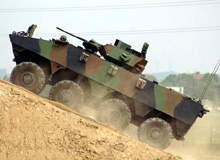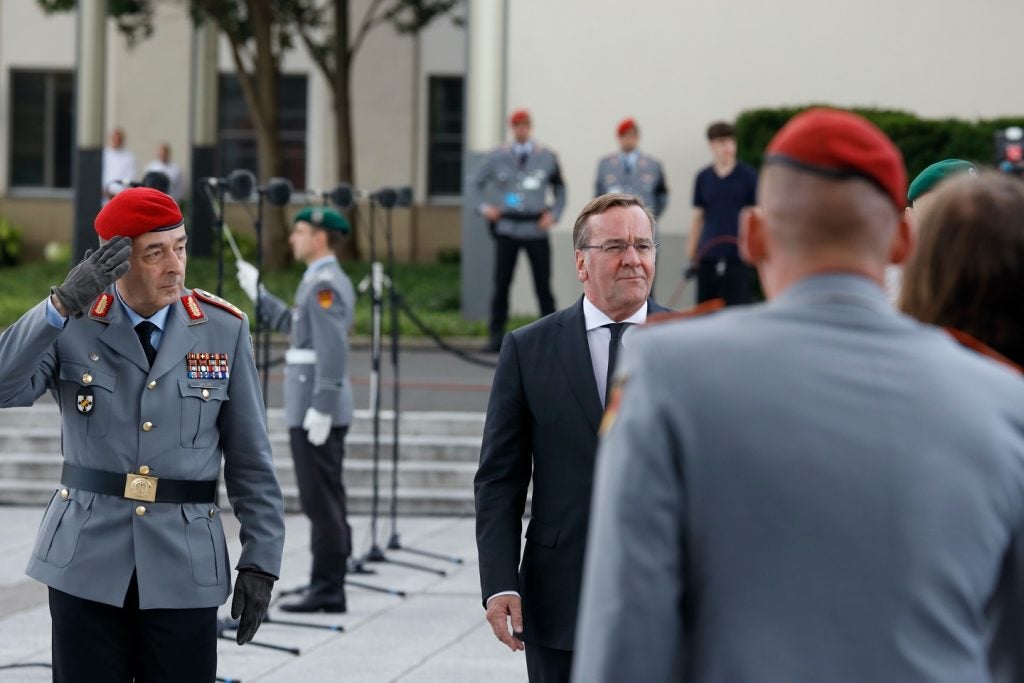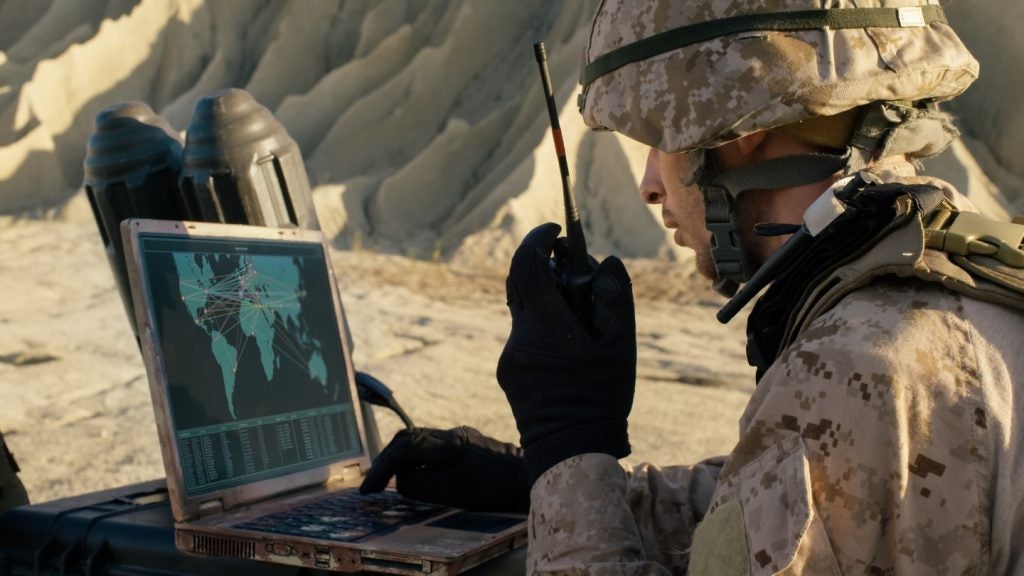
It is February 2008, and the UK’s Ministry of Defence is poised to announce the winner of the first stage of its competition to supply the British Army’s next generation of armoured combat vehicles.
The vehicles will form part of the MoD’s Future Rapid Effect System (FRES), the largest programme of its kind in Europe. Procurement alone is expected to cost the UK government £16bn ($32bn) and maintenance and upgrades throughout the vehicles’ anticipated 30-year service life another £60bn (£120bn).
The idea behind FRES is to help equip the British Army for its predicted role in 21st-century conflicts as a rapid reaction force, to enable it to deal quickly and effectively with trouble spots around the world with the minimum of manpower.
As Chief of the General Staff Sir Richard Dannatt said in late 2007: “FRES will be at the heart of the future army and remains the army’s highest equipment capability priority after support to current operations.”
THE FRES PLATFORMS
See Also:
Overall, the MoD’s requirement is for five families of vehicle platforms – utility, reconnaissance, fire, manoeuvre support and a simpler variant known as the basic capability unit.
How well do you really know your competitors?
Access the most comprehensive Company Profiles on the market, powered by GlobalData. Save hours of research. Gain competitive edge.

Thank you!
Your download email will arrive shortly
Not ready to buy yet? Download a free sample
We are confident about the unique quality of our Company Profiles. However, we want you to make the most beneficial decision for your business, so we offer a free sample that you can download by submitting the below form
By GlobalDataCapabilities of the 8×8 wheeled utility vehicles will include providing light armoured support, command and control, medical and equipment support. The reconnaissance and fire vehicles will cover intelligence, surveillance and target acquisition, direct and indirect fire support and control; and manoeuvre support vehicles will include an armoured vehicle-launched bridge, armoured vehicle engineer and armoured engineer tractor.
The total fleet could number as many as 3,000 if they are to replace the Army’s aging Saxon, FV432 and CVR(T) vehicles, and most of the fleet – perhaps as many as 2,000 – will be the utility variant.
These will enter service first, some time in the 2010s, and the MoD has said they will need to incorporate ‘survivability’ through the integration of armour but still be deployable by air, be able to communicate with each other over a digital network and have the potential to be upgraded. While these requirements are likely to apply to the other platforms, for now the MoD will officially commit itself only to a specification for the utility vehicle.
It is the chosen developer of this utility vehicle that is due to be announced by the MoD imminently. In contention are the Piranha V from General Dynamics UK, the VBCI from French manufacturer Nexter and the Dutch / German Boxer from ARTEC.
WHICH VEHICLE?
It’s difficult to escape a sense of irony in this, because the MoD was originally a partner in the Boxer and VBCI programmes, but pulled out of Boxer in July 2003 soon after the start of the Iraq war (to focus on FRES) and out of the VBCI project in 1999, leaving the French to go it alone. And although the MoD understandably refuses to be drawn on which vehicle it will choose – or even which looks the most likely – government and industry sources have said the army favours the Piranha V.
Granted, one strength of the Piranha V is that it already has four generations of development to call on, so it is the most proven of the three. The VBCI and Boxer, by contrast, are only just entering production and active service.
But the winning vehicle will not be a standard off-the-shelf version. As the UK government’s then procurement minister Lord Drayson said of the competing utility vehicles in a defence briefing in June 2007: “They are designs which are currently in development to provide new models within existing families of vehicles.
“I am sure you agree it would make no sense to invent a new vehicle from scratch. The designs we will look at take proven vehicles and evolve them to the next level to have the capacity, mobility, and ability to upgrade through life – and, above all, the level of protection the army needs.”
So whichever vehicle is chosen it will simply be the basis for customisation to meet the British Army’s requirements. This role of customisation will fall to a nominated vehicle integrator – which may or may not be the same company that provides the vehicle.
As an MoD spokeswoman put it: “It’s not safe to say if the vehicle integrator would be the same company that provides the platform, but it would be a factor.” Bidders for this role include BAE Systems, General Dynamics and Lockheed Martin.
ADDITIONAL FRES TECHNOLOGIES
Running in tandem with this vehicle competition is a broader assessment of the technologies that might be incorporated into FRES, such as hybrid and other electric drives, electric armour and electronic communications architectures. The FRES platforms will have to provide a complete system of systems when they are integrated with other, as yet unspecified, capabilities, and will be required to make full use of any intelligence-gathering capabilities that are, or become, available.
It therefore takes very little imagination to appreciate the complexity of the FRES programme, and to this end in early February 2008 the MoD awarded a contract for a system of systems integrator (SOSI) to a partnership between defence electronic systems supplier Thales UK and US aerospace company Boeing.
The initial six-month contract is to define the framework for the SOSI’s role in the subsequent phases of the programme, then after that it will help coordinate the procurement of the FRES vehicle fleet and provide independent support to the MoD.
It is no doubt significant that Boeing has been brought in to the SOSI role, as it is also a SOSI partner in the US Army’s future combat systems (FCS) programme, on which industry commentators say FRES is closely based.
FCS AND FRES
There are certainly some similarities between FCS and FRES. FCS includes a set of systems consisting of multifunctional utility / logistics and equipment vehicle variants, various types of manned ground vehicles, as well as a communications network that links the whole system together. And like FRES, FCS will network existing systems, systems under development and systems yet to be developed.
But where FCS differs from FRES – at least for now – is that it is intended to be used across all the US military services. The first combat brigade equipped with FCS is expected to roll out in about 2015, and this will be followed by full production to equip as many as 15 brigades by 2030. By contrast, it is expected that the British Army will eventually have three FRES-equipped brigades.
Yet there is one last parallel between the two systems that could become apparent – cutbacks. Over the past three years, funding for the FCS programme has been scaled back, and some elements of it have been deferred. Now most of the UK’s major defence programmes are under review, the aim being to save about £1.5bn a year for at least the next two years. And the results of this review are due to be put to UK ministers shortly, between late February and early March.
There are other concerns too, such as whether FRES would inter-operate with FCS in the event of another conflict involving the US and UK – or indeed whether FRES-equipped units could fight effectively alongside other forces in a multilateral conflict – and what some critics say is an over-reliance on sophisticated and expensive technology. But the counter-argument is that since so much of the FRES programme has yet to be defined, there is still time and scope to address such issues.
If there’s one thing we can be sure about FRES at this stage, it is that very little is certain.





